Knowing how to produce delicious-looking films can help you reach a bigger audience, whether you have your own YouTube channel or an Instagram following. Fortunately, shooting eye-catching video does not necessitate a lot of equipment.
There is nothing more nourishing than food. It’s something that everyone eats and enjoys. People also enjoy experimenting with new recipes, styles, and approaches. Cooking content always does well online, as evidenced by popular cooking and meal prep videos.
So, whether you want to share your favorite family recipes or become the next Guy Fieri, here’s a simple method to creating high-quality, useful culinary movies that will go viral.
Scripting and Planning Your Videos:
The planning and scripting of cooking and culinary videos is by far the most significant component of production. This pre-production stage is crucial for gathering not only all of the items you’ll need for your recipes, but also for planning how you’ll deliver each piece of information using a screenplay and a shot list.
One thing to bear in mind when watching culinary shows is that, while the recipe and methods are correct, many hosts prefer to work “off the cuff” as they go through their instructions. Encourage improvisation as long as things stay on course to keep things free-flowing and genuine.

When you come back later, make sure your video has subtitles, as this is one of the best methods to make it searchable and appear when people look for your exact recipes. You may also utilise services like Rev to transcribe the whole audio back to text, which you can compare to your original screenplay, and be prepared to upload captions for your movies – something we’ll cover later.
The secret to making cooking videos is to plan ahead of time! With these simple instructions, we’ll lead you through the procedure.
Use a High-Resolution Camera for Best Results
Your cooking video will be clear and detailed thanks to the high pixel count. Because many food films rely on sharp, vivid shots of delectable food, having a good phone camera is essential. The simplest way to figure out your camera resolution is to look up your phone’s camera specifications online.
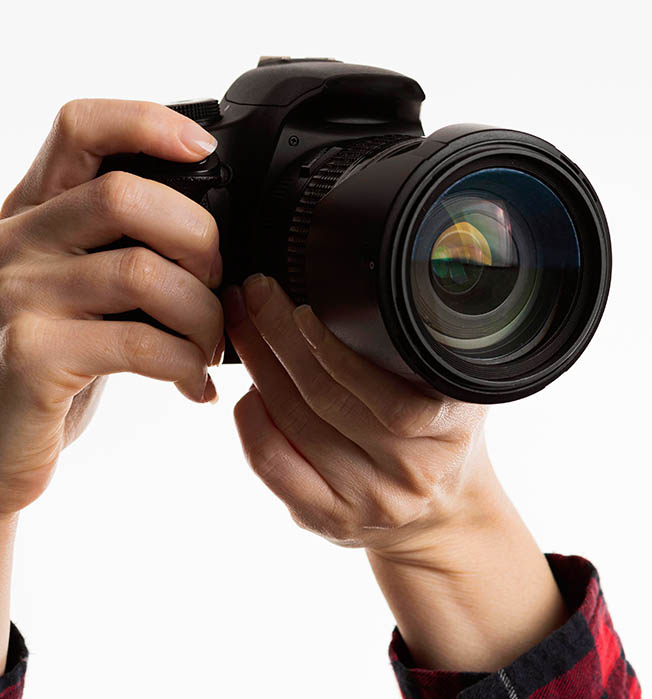
Stability : Tripods & Swing arms are Good options
This prevents the phone from swaying and allows you to take images from above. You’ve probably seen the popular cooking videos where the food is photographed straight above it. You attach your phone to a movable setup with a swing arm to film this way without dropping it.
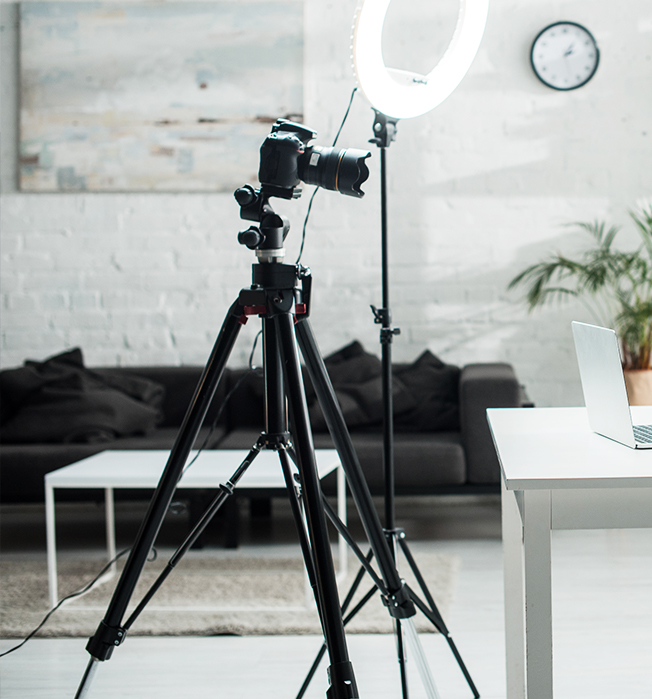
If you’ll be the one making the food, mounting your phone on a tripod will make things easier.
Storyboard : Best Shoot Guide
To be prepared, make a list of all the steps and photos you intend to film. Essentially, you’re breaking down the parts of the recipe into smaller segments that you’ll capture and put together. If you’re producing a video in which you prepare a simple chocolate mousse, your frame list or storyboard would look like this:
- Chopping chocolate
- Melting chocolate
- Pouring cream in a bowl
- Whipping the cream
- Folding the chocolate into the cream
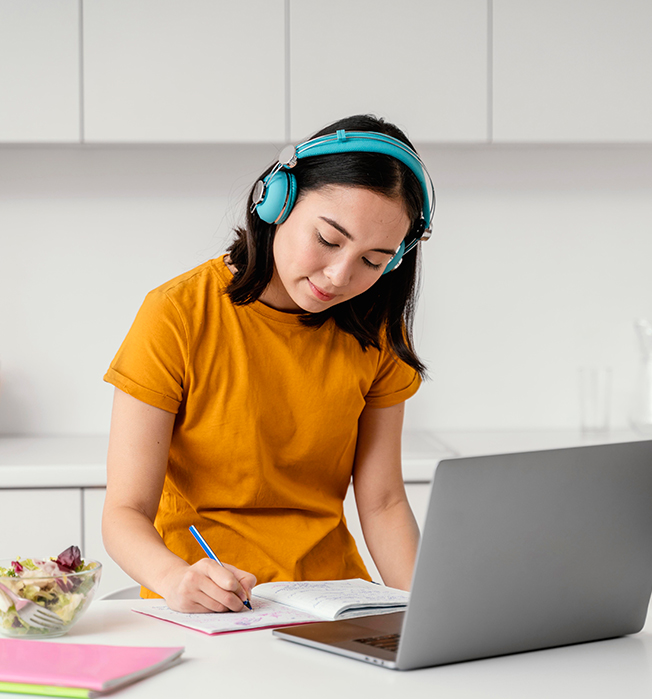
Preparation is the key: Saves a lot of time
To avoid wasting time, measure or slice items. A recipe may include a time-consuming process, such as marinating or chopping a large amount of an ingredient. Rather than filming everything or waiting, perform these things ahead of time to expedite the shooting process.
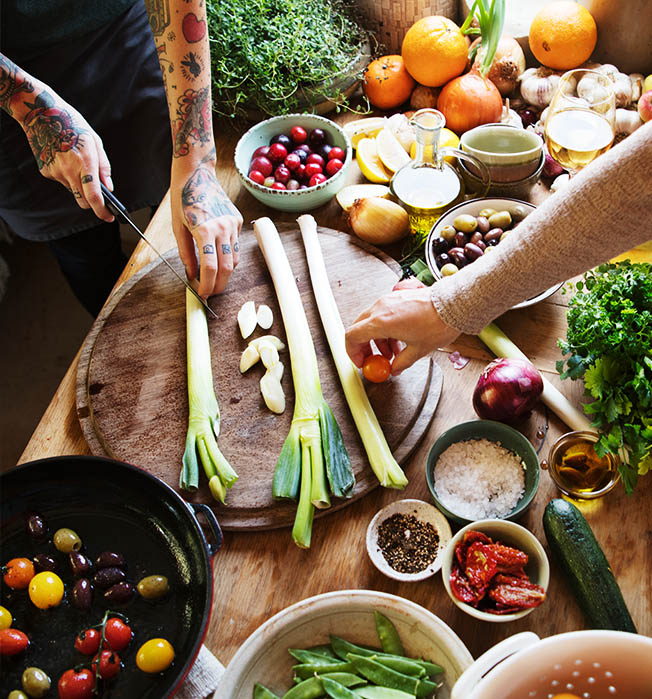
For example, on your desktop, measure out all of the ingredients and set them in bowls. Try to prepare anything that you think the viewers will find tedious to see.
Experiment with different shooting styles & angles
The most typical viewpoint is to shoot straight above the meal. If you hold the phone directly above the meal, your video will have a new, modern look. If you want a more traditional cooking show view, place the phone on the tripod with the lens at a 45-degree angle to the food. Shoot clips from both angles for some variation and to be able to combine them later.
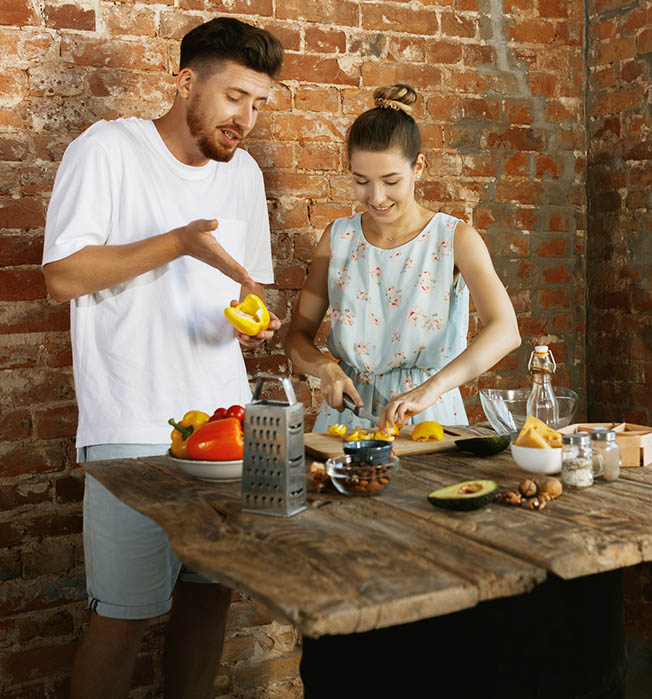
- Get a couple extreme close-up images of the texture on the food if you really want to show it out.
- Have a good time with your shooting technique! For example, to catch sizzling or steaming food, try recording in slow motion.
Short Video Clips
To make editing easier, shoot each stage in 15- to 20-second chunks. Return to your storyboard and keep your video’s total length in mind. For example, if you wish to present 15 steps in a 2-minute cooking film, each clip will only be about 8 seconds long. Spend 15 to 20 seconds filming each stage instead of cutting down a lot of material, so there’s less to chop down
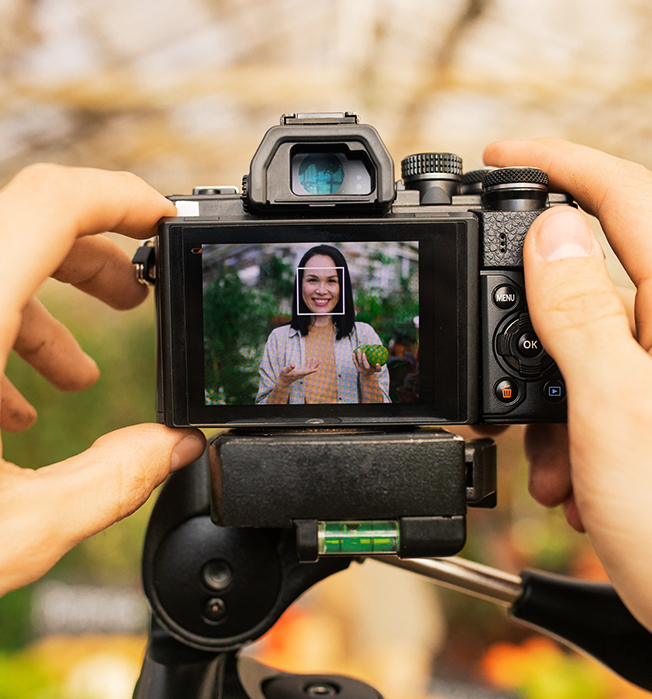
Creating your video with shorter clips provides it more vitality and makes it more appealing to watch.
Good Audio : So record audio after filming
You’ll have improved sound quality and be less distracted as a result. If your phone’s microphone isn’t particularly good, this is an excellent hack to use. You’ll obtain the greatest audio by waiting to record your description of the dish or cooking procedure until you can be in a quiet location with the microphone close to your mouth.
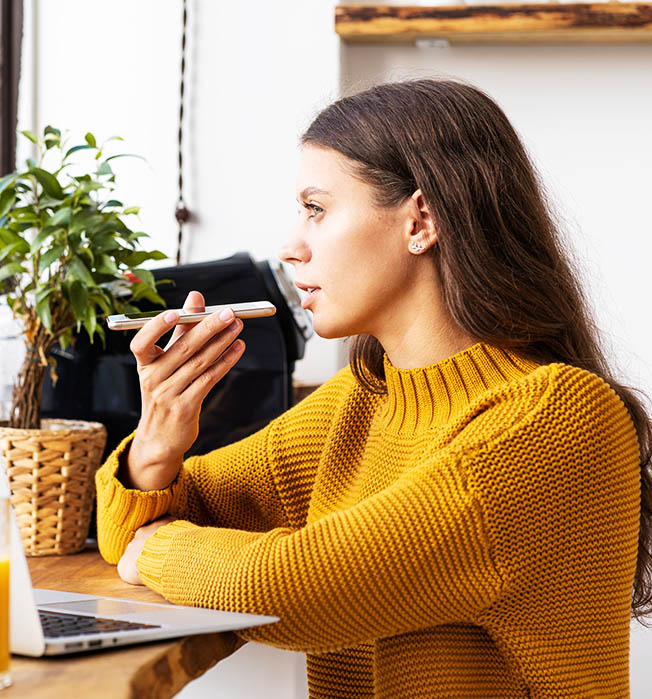
- If you’re going to film someone talking while they’re cooking, you might want to invest in an external microphone that connects to your phone. This can greatly improve the sound quality.
- Keep in mind that a lot of popular cooking videos don’t have any commentary. It’s totally OK to limit yourself to background music and informative writing.
- Do you want to use some music in your culinary video? That’s fantastic! Just make sure the music doesn’t overpower the speech or detract from the video.
Subtitles & informational text
Give your viewers the step-by-step instructions for each step of the recipe. Add text to the shots where you give measurements, temperatures, or cooking times when editing the movie. The information can be typed out using a template in most editing programmes. As a result, the text appears alongside the step it corresponds to. Informational writing is an excellent approach to make your readers feel as though they could follow the instructions and create the dish themselves.
- If you’re not going to include narration, provide short, easy-to-understand language with the components. Put the wording “Gently melt, but don’t burn it!” after adding butter in a skillet, for example.
Editing : Mobile or Laptop – Your choice
Check to see whether your phone has a built-in movie producer or get an app. If you’re new to food videography, try using an automatic video maker to put your clips into a movie with music and transitions. Utilize an editing programme that allows you to choose which clips to use for additional control. You can also add music or voiceovers, as well as cut the movie to your desired length.
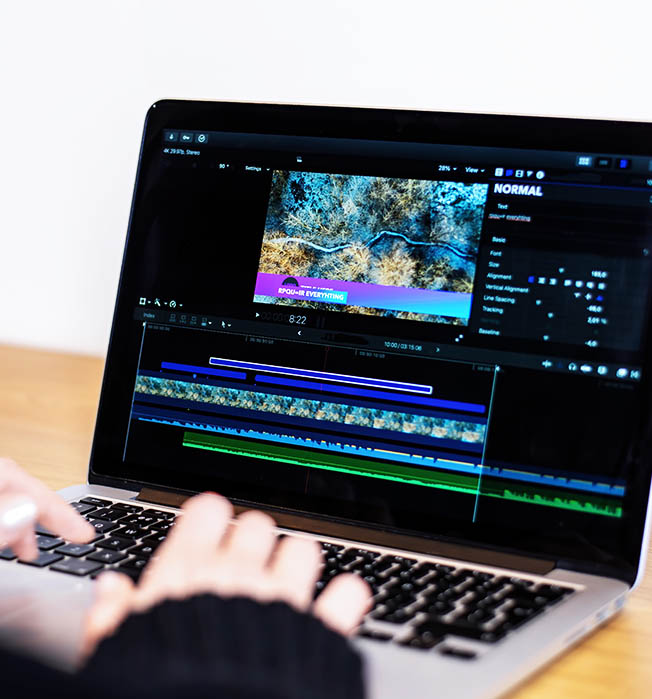
Important Tips
When you watch cooking shows on television, you’ll note that the hosts don’t appear to be doing any cooking. Instead, the majority of their dishes were already prepared before they were broadcast. When shooting your own cooking videos, you’ll want to follow the same guidelines.
The easiest way to approach shooting is to approach it as two independent shoots. The first is a shoot with the chef or host talking to the camera and describing the recipe and procedures. To ensure that the host looks his or her finest, shoot this wide and with excellent three-point lighting.
Close-ups of the food being prepped and cooked will be the focus of the second session. The ideal way to shoot this is with the well-known “top-down” technique used in online food videos such as Tasty. Standing on a chair or a table may be necessary, but filming down from a high vantage point provides you a full perspective of a countertop or stove, allowing you to shoot the entire recipe from beginning to end.
